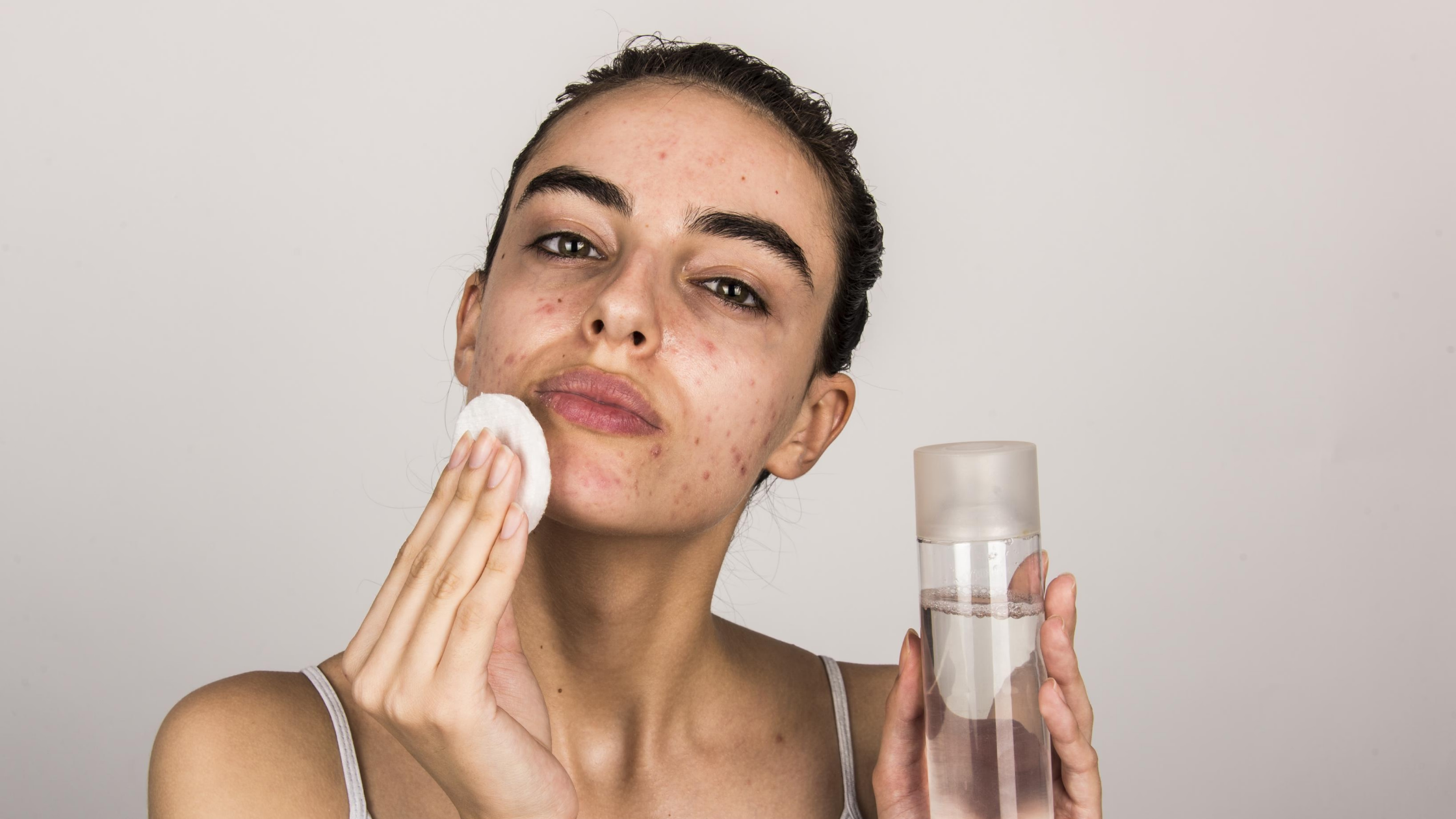Discover top skincare routines for every skin type with Health & Medical’s expert beauty tips for a glowing complexion. Healthy and beautiful skin is always unique to each individual and has to be achieved by taking a unique approach to skincare. This is a holistic guide to the beauty rituals and skincare that encompass the principles of both healthcare and medicine for all. If you have dry skin, oily skin, combination skin, or even sensitive skin, these routines will help you in ensuring that you have a flawless skin tone.
Before getting into the skincare, it is very important to understand the different skin types. First and foremost, it is necessary to understand the foundation of your routine and know if your skin is dry, oily, combination, sensitive, or normal.
It is important to know the most common skin types and their distinguishing features.
Dry Skin: Usually looks dull, tight, and more often appears to be shrunken.
Oily Skin: The skin is prone to shine and large pores with acne breakouts.
Combination Skin: Has both oily and dry but mainly concentrated in the T-Zone area.
Sensitive Skin: Easily irritated by cosmetics and environmental factors and in most cases are prone to irritation.
Normal Skin: normal skin usually has no to little abnormalities in the skin and no major discomforts.
Mostly, these abnormalities in the skin are associated with the diet and food consumption of the individual.
Food motivates the skin, and healthy skin is a promise from within. If you include a healthy balanced diet with vitamins, antioxidants, and omega-3 fatty acids it will add to your skin care treatments and will show additional benefits.
Foods to Consider:
Dry Skin: Nuts and seeds for incorporating essential healthy fats.
Oily Skin: Consuming a substantial number of leafy greens along with citrus fruits will help to manage sebum production in the skin.
Sensitive Skin: Foods like turmeric along with chamomile tea act as natural anti-inflammatory agents.
Best Practices for Each Skin Type
Now that we know how the skin and body interact let’s take a look at the best practices you should include in your daily for each particular step for specific skin type requirements.
1. The Importance of Cleansing the Face
Cleansing removes dirt, makeup and excessive oils from the surface of the skin. Ensure that the product utilized is not too harsh on the skin.
Dry Skin: Opt for hydrating Cream cleansers with glycerin, hyaluronic acid.
Oily Skin: Apply an oil-free salicylic foaming cleanser.
Combination skin: A gentle surfactant that removes dirt selectively works best on the skin.
Sensitive Skin: Avoid strong soaps and foams, rather use fragrance free allergens to avoid irritation.
2. Exfoliation: How Often Should You Do It?
Exfoliating should be carried out only 1–2 times a week to prevent over residues accumulation and skin renewal.
Chemical Exfoliants: AHAs for dry and BHAs for oily/acne-prone skin types.
Physical Exfoliants: Performed lightly and moderately for people with sensitive skins.
3. Hydration – Why Is It Important?
Moisturizing maintains and locks in skin hydration for smoothness and skin elasticity.
Dry Skin: Use thick creams containing ceramide or shea butter.
Oily Skin: It is best to use light gel-based moisturizers free of oil.
Combination Skin: It is best to use moisturizing products that are dual action, hydrating the skin without leaving it greasy.
4. Sun Protection: The Best Shield for Your Skin
Don’t forget to use sun protectors that provide SPF 30 or higher for broad spectrum coverage against UV skin damage, aging and skin cancer risk.
Skin Care Needs Considerations: Health & Medical Skincare Perspectives
To preserve the health of the skin, one must use scientifically endorsed methods.
Important Pointers
Vitamin C: Refreshes the skin and lightens melanin spots.
Retinol: Enhances cellular turnover and softens minor creases.
Niacinamide: Helps in blemish reduction and strengthens the surface.
Skin Type and Recommended Ingredients:
| Skin Type | Cleansing Ingredients | Hydrating Ingredients | Treatment Ingredients |
|---|---|---|---|
| Dry Skin | Glycerin, Hyaluronic Acid | Ceramides, Shea Butter | Vitamin C, Peptides |
| Oily Skin | Salicylic Acid, Tea Tree | Niacinamide, Aloe Vera | Retinol, BHAs |
| Combination | Balanced Formulas | Hyaluronic Acid | AHAs, Vitamin C |
| Sensitive Skin | Fragrance-Free, Chamomile | Squalane, Panthenol | Niacinamide, Allantoin |
Professionals in Corrective and Restorative Procedures Consulting.
Each year, or as issues develop, contact a dermatologist. Challenges such as late-stage screenings are best managed through customized treatments such as chemical peels, laser therapy or prescription medications.

Adjust and Customize the Routine. Practical Steps:
When a skincare routine is being developed, its complexity does not matter. Here’s a basic outline:
Morning Routine:
- Wash the face.
- Infuse with antioxidant serum (Vitamins C).
- Moisturize.
- Use sunscreen at the end.
Evening Routine:
- Clean face twice If makeup has been worn.
- Apply treatment serums (retinoids or niacinamide).
- Nourish face with moisture rich cream.
Daily Skincare Checklist:
| Step | Morning | Night |
|---|---|---|
| Cleanse | Gentle Cleanser | Double Cleanse |
| Treat | Antioxidants | Retinol/Niacinamide |
| Moisturize | SPF-Infused | Hydrating Cream |
| Protect | Sunscreen (SPF 30+) | — |
Conclusion
Let us Cap off our discourse, it is possible to gain a radiant complexion through the appropriate beauty routines accompanied by proper care and attention for all skin types. With the right combination of customized regimes, healthy skin care products and expert guidance, there is no need to compromise on the beauty of the skin. Whether you are a novice or an expert in the cosmetic field, this guide assists you in achieving the lasting impact you desire.
FAQs
How can I identify my skin type?
It is quite easy – perform an easy experiment: Wash your face and skip any skincare products for a few hours. Pay attention to whether your skin is oily, taut or a bit of both.
Do I have to change the product I put on in the morning and the one that I put on in the evening?
No. The morning routine is all about protection. The night routine is all about repairing.
What is the most frequently occurring error in people’s skincare regimens?
Excessive use of skincare products like exfoliators is harmful to the skin barrier. Always be careful to follow the directions and try patch testing first before using a new product on your face.







